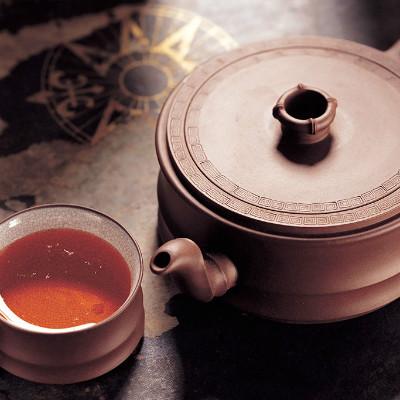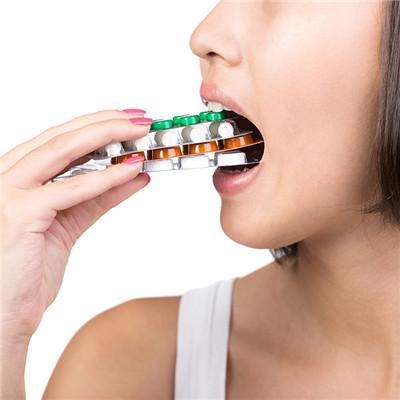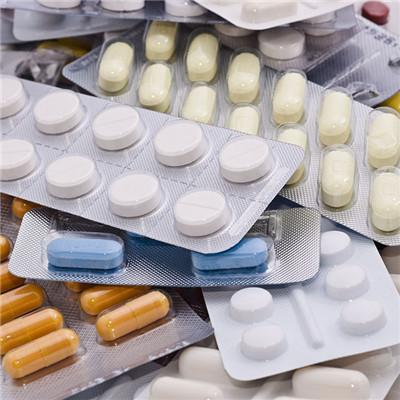What symptom does scald have?
summary
Scald often happens in our life, some are slight scald, some are serious scald, but what are the common symptoms of scald? Many of us don't understand, so we can't take the correct first aid measures. Now I'll take a look at the symptoms of scald with you?
What symptom does scald have?
First degree burn: the superficial layer of epidermis was injured, and the basal layer remained. Local skin redness, swelling, pain, burning sensation, no blister, cured in 3-5 days. After healing, there is no scar and temporary pigmentation.
Superficial second degree burn: involving epidermis and dermal papillary layer, local redness and swelling, forming blisters of different sizes due to excessive exudation, moist wound, bright red, edema and severe pain at the bottom of the wound; If there is no infection, it can be cured within 2 weeks, no scar formation, and temporary pigmentation. Deep second degree burn: the reticular layer of dermis was involved, but part of dermis and skin appendages remained. Local swelling, white or brownish yellow, smaller blisters. The skin temperature was slightly lower and the pain was mild. If there is no infection, it can be healed within 3-4 weeks. After healing, there is scar, but the skin function is basically preserved.
Third degree burn: involving the whole skin, even subcutaneous fat, muscle, internal organs. The wound is pale or charred, no pain, no blisters, feeling disappeared, tough like leather. After 3-4 weeks, the eschar fell off and left granulation tissue surface, scar, loss of skin function and deformity. Acid burns usually do not blister, and scab quickly. The eschar of sulfuric acid, nitric acid and hydrochloric acid were dark brown, yellow brown and yellow respectively; The deeper the burn, the darker the color of the scab, the more obvious the invagination of the scab and the harder the texture. Alkali burn wound is sticky or soap like eschar, red color, small blisters, generally deep. After eschar or necrotic tissue falls off, the wound is sunken, the edge sneaks, and often does not heal for a long time. In addition, it is easy to estimate the depth of acid burns, but alkali burns and other chemical burns continue to deepen, so it is necessary to estimate and verify the depth repeatedly. Severe burn: it can involve all organs and tissues of the whole body, with a series of pathophysiological processes, such as water salt electrolyte disorder, acid-base imbalance, shock, DIC, immune imbalance, secondary infection, cardiac insufficiency, respiratory insufficiency, etc. In particular, respiratory dysfunction is one of the important causes of death.
matters needing attention
Do not bandage the exposed wound. Wash the wound with the second layer of rice washing water every morning and evening, and carefully wipe off the wound secretion and residual drugs. If the skin is damaged, it is easy to be infected. Those with large area can take anti-inflammatory drugs to prevent wound inflammation; If the area is especially large, transfusion should be used to maintain the stability, and the wound should be restored under aseptic conditions.














